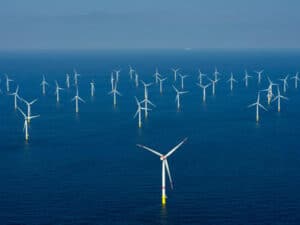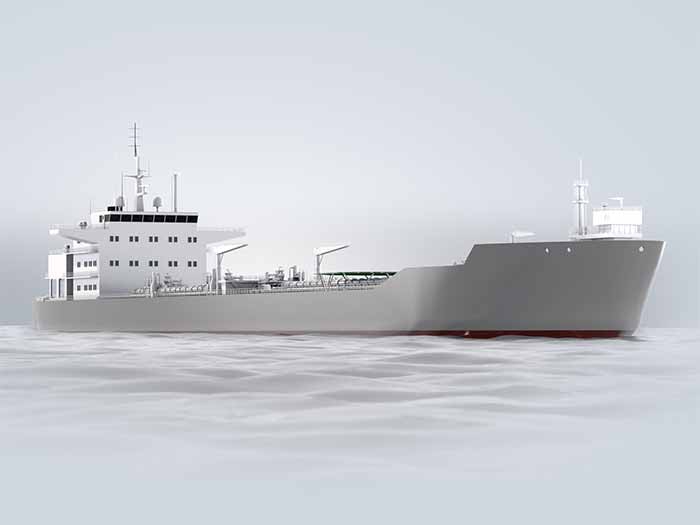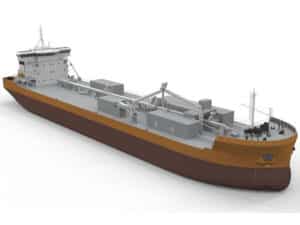
LNG fueled shuttle tanker duo to feature wide range of ABB solutions
Written by Nick Blenkey
Vessels will transport oil from the Statoil fields on the Norwegian and U.K. continental shelves to land-based terminals
MARCH 20, 2018 — ABB has won an order from shipbuilder Samsung Heavy Industries to equip two new shuttle tankers, contracted to Statoil, with a range of future-proof solutions designed to deliver greater efficiency and lower emissions than any comparable tanker.
The main and auxiliary engines of the tankers will be dual-fuel units, which will allow them to operate on liquefied natural gas (LNG), as well as traditional fuel.
ABB power and automation solutions to be fitted in the two specialist DP2 offshore loading shuttle tankers including the Onboard DC Grid power distribution system. The system is highly configurable and well suited to the integration of variable speed generators, energy storage and new energy sources such as fuel cells.
The two twin-skeg 125,000 DWT vessels will be delivered by the South Korean shipyard 2019. Ordered by AET, they will transport oil from the Statoil fields on the Norwegian and U.K. continental shelves to land-based terminals.
“These state-of-the art tankers will have a service life of up to 30 years, operating in the harsh winter conditions of the North Sea,” said Juha Koskela, Managing Director, ABB Marine & Ports. “They need to be robust, competitive, capable of meeting anticipated environmental regulations and prepared for new energy sources. With ABB’s solutions on board, these tankers will be future-proofed for technology and regulations for the years to come.”
ABB says that its integrated power and automation solutions can contribute to annual fuel savings of up to 1,000 tons on the 8,000-9,000 tons of fuel a year a shuttle tanker of similar tonnage would normally use.
The vessels will also benefit from having the ABB Ability Marine Remote Diagnostic System on board. The system will allow a reduction in on-call visits of service engineers up to 70%, and maintenance costs up to 50%, all while increasing safety and reliability through extended and predictive monitoring.
The power system on board will be controlled by ABB’s integrated Power and Energy Management System (PEMS), which will enable generators to run at variable speeds in the optimal way. This contrasts with traditional AC systems, where generators run at fixed maximum speed irrespective of the power demand on board, leading to excessive engine wear and poor fuel efficiency at lower loads.
Together with PEMS, ABB’s Integrated Control and Monitoring System will enable the crew to operate the vessels’ steaming and DP operations at the lowest possible specific fuel consumption.
Twin two-stroke engines will act as the main source for all power utilizing the Onboard DC Grid shaft generator solution for all of the operational modes. The combination of the Onboard DC Grid system and the two-stroke engine shaft generator will result in the vessels burning less fuel and generating lower emissions, compared with the more traditional alternative that relies on four-stroke auxiliary engines.
Shuttle tanker illustration showing ABB solutions

“It is clear that the next generation of ships – electric, digital, and connected – spells a bright future for DC-based electric propulsion,” said John Olav Lindtjørn, Global Product Manager for Onboard DC Grid, ABB Marine & Ports.





Leave a Reply
You must be logged in to post a comment.